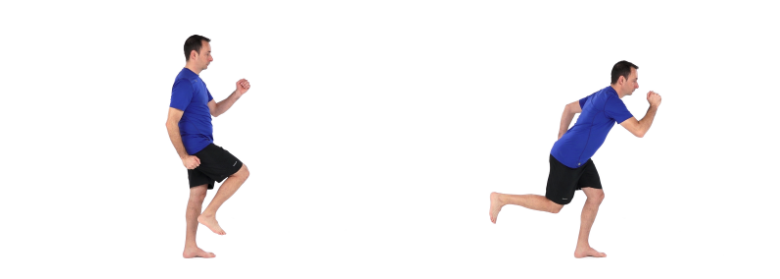Quick Solutions for Ankle Impingement and Pain Relief
Written on
Understanding Ankle Impingement
Ankle impingement and associated pain are common issues faced by runners, largely due to the mechanics and repetitive patterns of their gait. This condition is typically marked by discomfort in the ankle joint when the toes are lifted toward the shin (dorsiflexion). It can also arise during ankle eversion or inversion as the ligaments and tissues in the ankle become inflamed, leading to a pinching sensation. Such discomfort can occur during various activities, including squats, walking, running, and hiking.
Now that we’ve identified what ankle impingement entails, how can we address this problem? The focus should be on enhancing ankle mobility in dorsiflexion and eversion without causing pain, while also improving overall ankle stability, strength, and control. These measures will help prevent inversion sprains and reduce inflammation in the surrounding tissues.
While there are numerous methods to promote ankle health, I aim to keep it straightforward by providing two exercises that are beneficial for both running and daily activities. Regardless of whether you are currently experiencing ankle pain, these movements will certainly help enhance your running mechanics.
Bidding Farewell to Ankle Discomfort During Workouts
Before we delve deeper, it’s crucial to understand that these exercises should be approached with caution. If you've recently sustained a severe sprain or fracture, it's imperative to heal completely before entering the active rehabilitation phase. If you're uncertain about your readiness, consult a healthcare professional before proceeding. Once you're cleared, aim to perform these exercises at least 4 to 5 times weekly to experience significant improvements.
Exercise 1: Ankle Eversion with Resistance Band (Strength and Mobility)

Instructions: Perform 2 sets of 10 repetitions per side.
Cues: Secure a stable anchor and use a light to medium-strength resistance band. Position the band around the mid-foot and ensure you are far enough from the anchor to provide resistance as you rotate your ankle outward. Each repetition should take about 3 seconds, holding the maximum range of motion for 1 to 2 seconds before slowly returning to the starting position. Keep your heel grounded and pivot on it. Gradually increase resistance over time to build tissue tolerance.
Exercise 2: Toe-Heel Walk

Instructions: Walk for 15 seconds in each position, completing 4 sets (2 sets on heels, 2 sets on toes).
Cues: Walk a distance solely on your toes, then on your heels. For each phase, ensure you reach your maximum (pain-free) range of motion for optimal benefits. If you find it difficult to maintain balance, consider using a wall for support.
One fundamental principle in fitness is the overload principle, which posits that to strengthen muscles and tissues, they must face a stimulus or intensity that they have not previously encountered. In this case, maximizing your range of motion by walking on your toes and heels places your ankles in stress positions that are typically not experienced during normal gait patterns. This added stress will enhance strength and stability, serving as a preventive measure against injuries. The best part? You can perform these exercises virtually anywhere!
BONUS: Running Man Exercise

Instructions: Perform 2 sets of 8 to 10 repetitions per side.
Cues: Start by balancing on one leg. Lift the other knee to your chest, positioning your arms as if you were running. In slow motion, extend the lifted leg back and down without letting the toes touch the ground. Ensure that you bend at the hips, not at the back, as you reach backward with the moving leg. Swing your arms in a running motion as you alternate leg movement.
In Summary
If you experience any form of ankle pain, it will undoubtedly affect your running performance. Instead of opting for the conventional approach of resting and waiting for the pain to subside, consider engaging actively in your rehabilitation. It doesn’t take much to enhance the stability, mobility, and strength of your ankle; all it requires is commitment and consistency. Before long, you’ll find yourself stronger than ever in this crucial joint, and your running will greatly benefit from it.
You’ve got this!
-David Liira, Kinesiologist
Videos for Further Guidance
Discover effective stretches and exercises for ankle pain relief with the following video:
Explore simple exercises designed to alleviate pain in the front of the ankle: